Written by: Karen Tartick, PT, who practices in the Durham Public Schools in Durham, NC. Karen has served as a member of the Autism subcommittee of the School Based Physical Therapy Special Interest Group, and co-authored the Autism Spectrum Disorder Guide for parents on the Move ForwardPT website, the APTA’s consumer webpage. Catch Karen and her Apply EBP workshops in-person or online. More about these courses after the article.
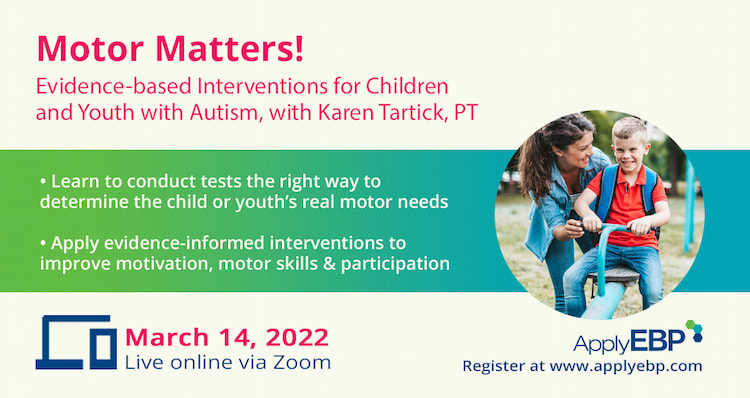
Motor Matters! 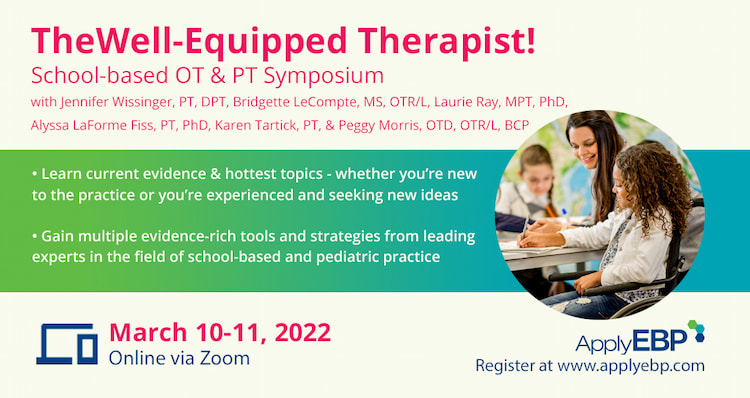
School-based OT & PT Symposiums 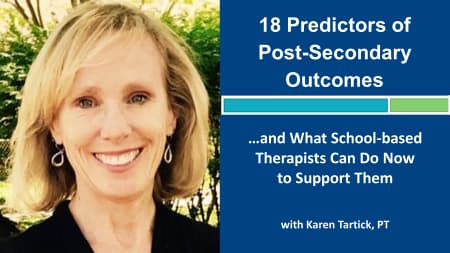
18 Predictors for Post-School Outcomes
My First Attempt of Using Yoga in a Preschool Classroom
Many years ago, I was excited to see a course on teaching yoga to children offered in my area and signed up to attend immediately. Having personally practiced yoga, I knew firsthand the benefits of strengthening and stability, balance and mindfulness.
After completing the yoga for kids course, I was ready to start teaching yoga to the preschool students I served at school. I asked the teacher, OT, and SLP if we could start a yoga class once a week.
Initial reactions ranged from skeptical to enthusiastic, but as a team we all agreed to give it a try. The children’s health conditions in class ranged from arthrogryposis to cerebral palsy, to speech and language impairments and Autism Spectrum Disorder (ASD). The first few sessions teaching gave me pause – it was so much work!
Still, enthusiasm was building amongst the adults, and more importantly, the children loved it!!! The teacher would provide the theme and find a book, which I would then use to design a yoga program. We used props and visuals, incorporated learning body parts and having fun imitating the yoga poses that challenged strength, balance, and coordination.
At the end of the yoga session, the children would lie quietly – believe it or not these very active preschoolers learned to lie still. It became one of their favorite parts of yoga! The teacher loved the children calm and focused at the end of class. And I loved that the children had fun while moving and participating with their peers.
My Awakening to the Motor Needs of Children with ASD
My caseload at that time included only the preschoolers with neurological and orthopedic conditions. So I was focused on providing them with modifications for the yoga poses. Then I noticed that many of the children with ASD (who I did not work with directly) struggled with imitation and needed an adult’s physical assistance with the poses…this came as a bit of a surprise to me back then! I recall mentioning to the team that I never anticipated the children with ASD would require so much assistance.
That was many years ago! Since then, I have read ever-increasing research related to motor skills of children with ASD. I have become passionate about improving their participation in health-enhancing activities, and even started teaching other therapists about what I learn via my course Motor Matters!
I have also been very alert to new research about motor interventions that are effective in increasing these children’s abilities to improve their fundamental motor skills, postural stability, imitation, coordination and overall levels of participation when playing with their peers.
In a systematic literature review of yoga interventions (published between 2010 and 2017) for children and youth with ASD (a Critically-Appraised Topic by Cahill, 2019 for the American Occupational Therapy Association) there were evidence for the use of yoga to address:
- Mental health concerns of anxiety and depression (strong evidence)
- Social participation (strong evidence)
- Self-regulatory and prosocial behaviors (moderate evidence)
What is less-researched is the efficacy of yoga to improve motor skills of children with ASD. That is why I was excited to see the article in this past month’s PT Journal, “Creative Yoga Intervention Improves Motor and Imitation Skills of Children with Autism Spectrum Disorder” (Kaur & Bhat, 2019). Even better, the full article is completely free to access online.
Yoga and Motor Skills
This study by Kaur & Bhat (2019) investigated the efficacy of a yoga program as an intervention to improve motor and imitation skills in children with ASD. A pre-test and post-test control group design was used including 24 children between the ages of 5-13 years, with varying levels of autism severity. Twelve took part in the yoga group, while the other 12 were assigned to the academic group (more sedentary activities such as reading, arts and crafts – e.g., pinching/pulling Play-Doh, pushing/pulling Legos).
Pretest scores using the short form of the BOT-2 indicated that none of the participants scored “above average” – all the children had room for improvement in their gross and fine motor skills! After 10 weeks, they found both groups to have benefited:
- Children in the yoga group improved in bilateral coordination according to their BOT-2 scores
- Children in the academic group improved in fine motor skills according to their BOT-2 scores
- Both groups improved in imitation for the training-specific activities – i.e., poses for the yoga group and building actions for the academic group
- Parents in both groups mostly “strongly agreed” that they would recommend the activities to other parents, found the intervention useful, and planned to continue practicing similar activities
Yay! This research article was so rewarding and encouraging to me. It emphasized not only “ that “therapists have a significant role in addressing the gross motor/physical activity impairments of children with ASD”; but that through my love for teaching yoga to students, I was able to provide fun, effective and meaningful activities.
Now I have more reason than ever to utilize yoga as an intervention…for mental health, social participation, self-regulation and motor skills! I was motivated knowing that I can make an impact on children who may never have had a chance to experience yoga otherwise.
Lessons to Apply…Right Away!
So, I hope by now you are thinking of utilizing yoga for the children with ASD. To help you get started here are 9 elements that were included in the yoga program reported by Kaur and Bhat (2019):
- Breathing
- Imitating poses
- Fun themes such as “Twinkle Twinkle Little Star’ as the background for imitating yoga poses
- Relaxation
- Incorporating social behavior promotion while singing greeting and farewell songs
- Encouraging social touch in partner positioning
- Cooperative play
- Adult model or “buddy”
- Practicing activities in lying, sitting and standing
Now, go for it!
Join the author, Karen and her colleagues in her Apply EBP courses
References
Bruininks-Oseretsky Test of Motor Proficiency, Second Edition (BOT-2: Bruininks & Bruininks, 2005.
Cahill, S. (2019). Yoga interventions for children 5-21 years. Systematic review of related literature from 2010 to 2017 [Critically Appraised Topic]. Bethesda, MD: American Occupational Therapy Association.
Mostofsky, S., Dubey, P., Jerath, V., Jansiewicz, E., Goldberg, M., Denckla, M. (2006). Developmental dyspraxia is not limited to imitation in children with autism spectrum disorders. Journal of the International Neuropsychological Society, 12(3), 314-326.chiatry 79, 633–641.
Srinivasan SM, Pescatello LS, Bhat AN. (2014). Current perspectives on physical activity and exercise recommendations for children and adolescents with autism spectrum disorders. Phys Ther,94(6),875–889
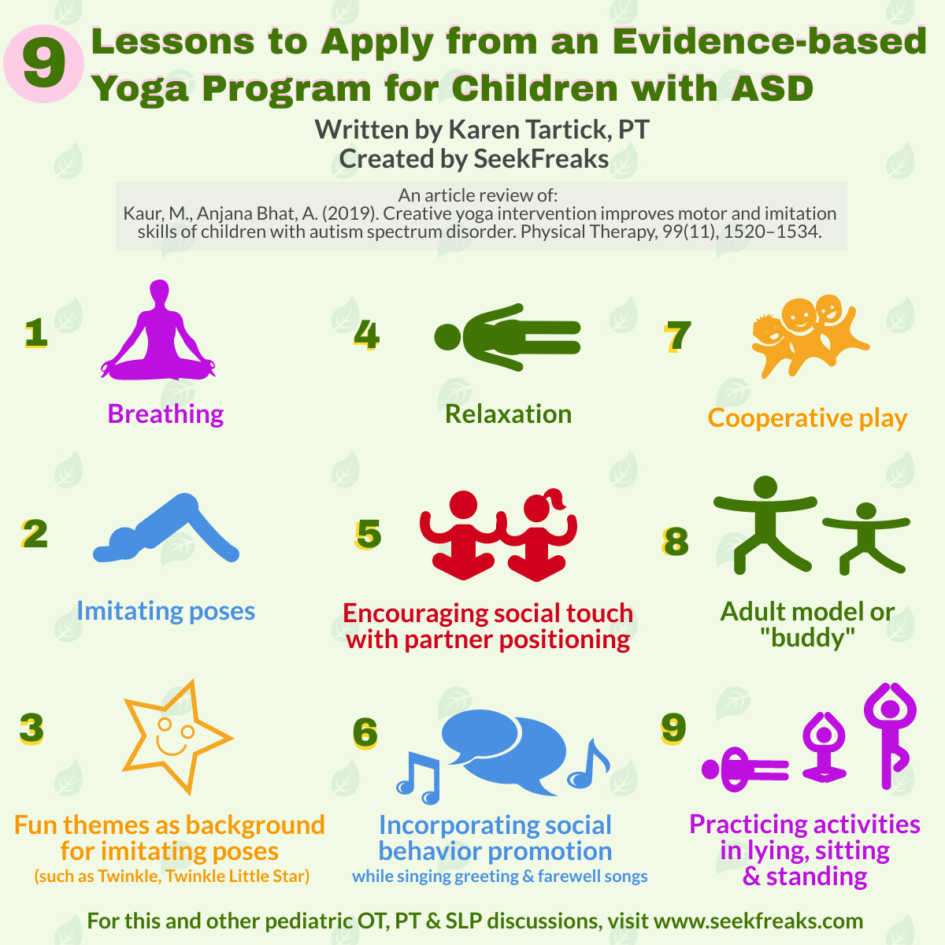
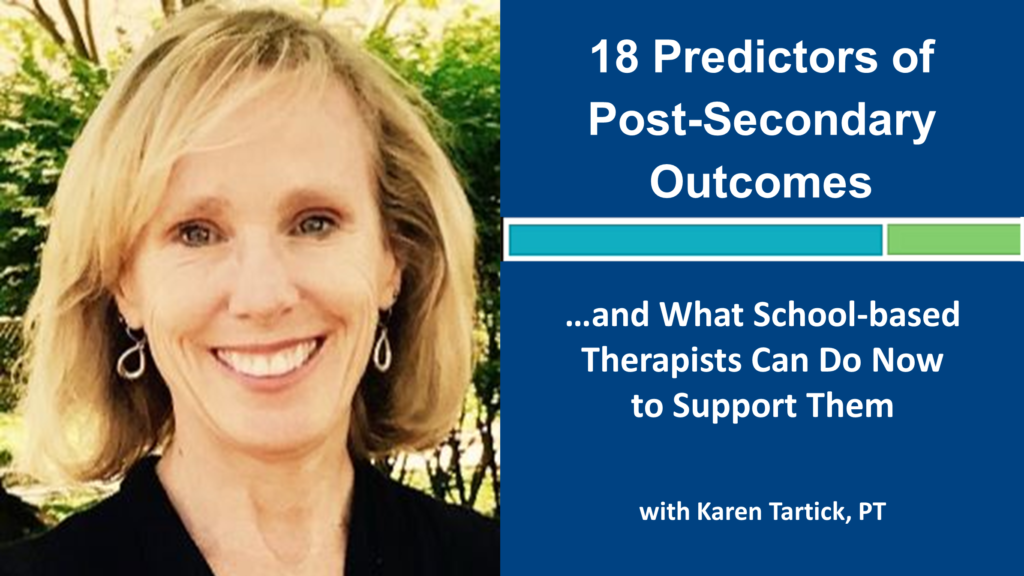
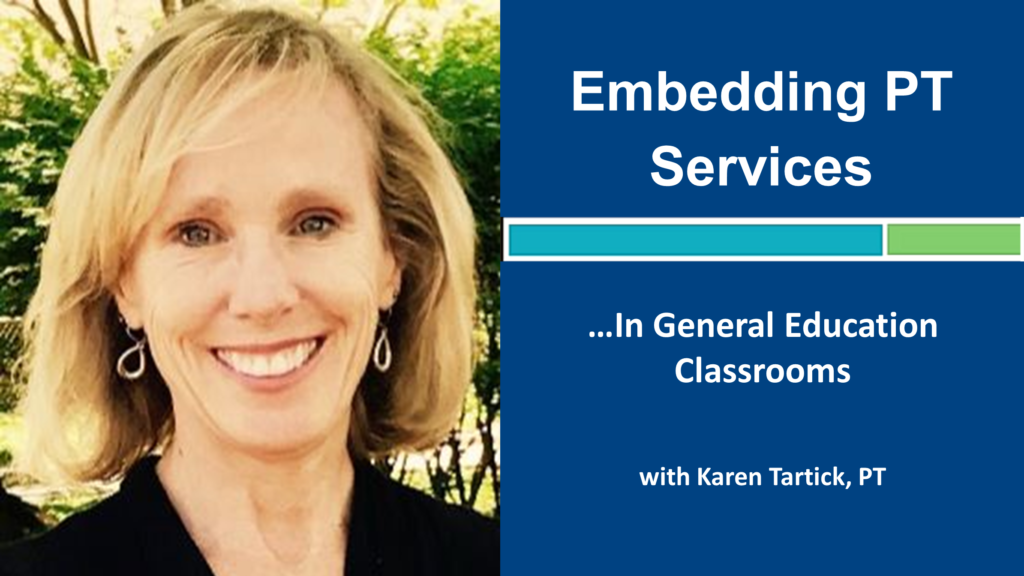
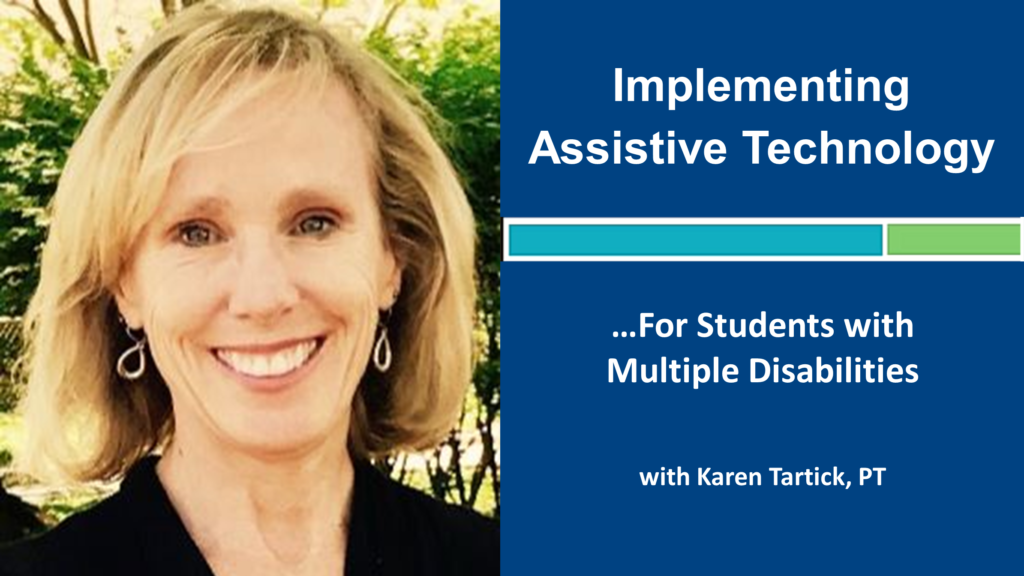










2 Pingbacks